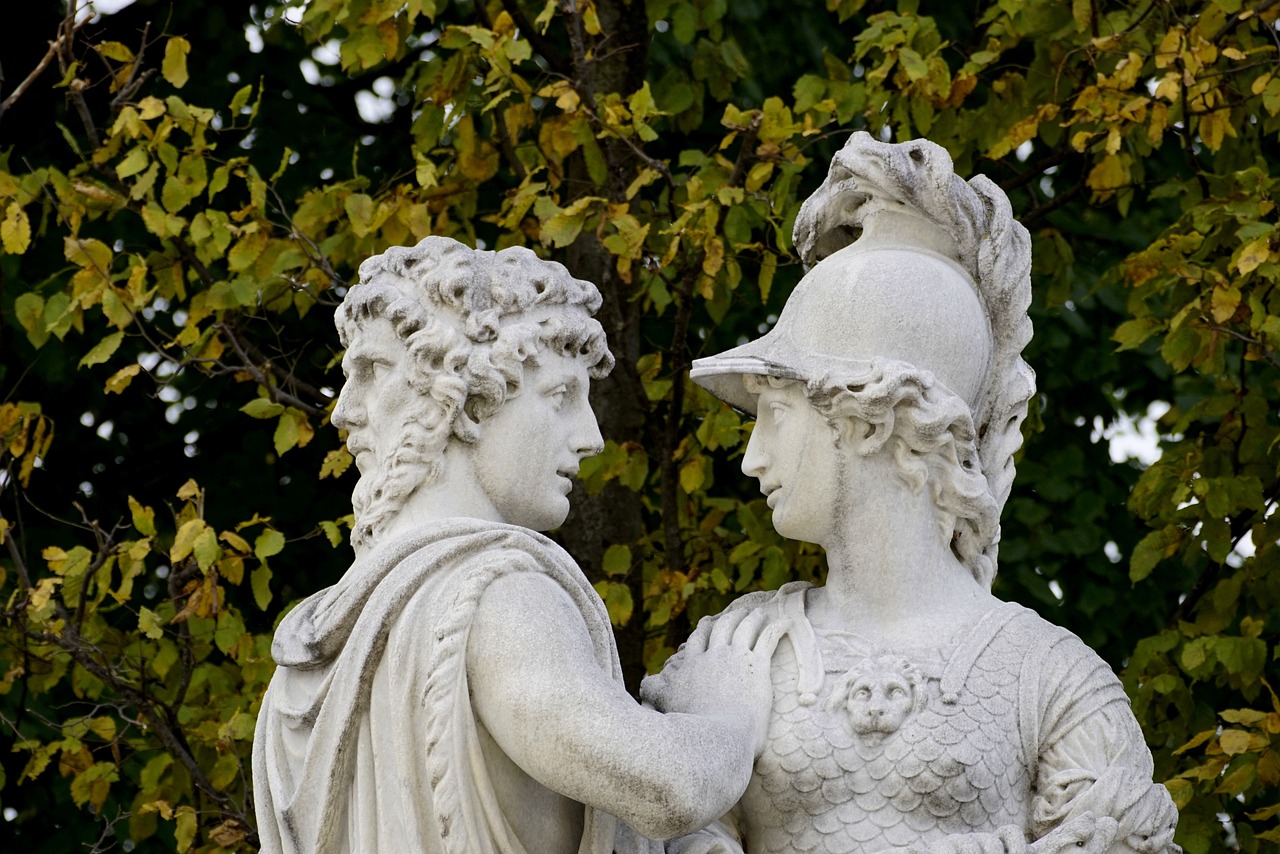In the realm of Egyptian spirituality and mythology, Mut, also known as Maut, was revered as a mother goddess whose head resembled that of a vulture. She was the consort of Amon, one of the principal deities, and the mother of Khons, together forming a revered triad at Thebes.
Amon was frequently depicted in the company of Mut, who appeared in various forms: either as a vulture-bodied entity, a woman with a vulture’s head, or a woman adorned with a vulture headdress and wearing the unified crowns of Upper and Lower Egypt. Occasionally, her imagery showcased her with outstretched wings. In her grasp, she held the ankh, symbolizing life, along with a scepter crafted from papyrus, all while at her feet lay the feather of Maat, a representation of truth and order.
Queens of Egypt adopted the vulture symbol in their crowns, likely because of the vulture’s reputation for being fiercely protective and nurturing toward its young. Furthermore, the Egyptians believed that vultures could reproduce through parthenogenesis, which meant they did not require males for reproduction. This dedication to maternal care may have contributed to the vulture’s association with divine motherhood.
Initially, Mut may have represented the female aspect of the primordial waters, embodied by the deity Nun. Over time, however, she came to be linked with Amon. As Amon’s influence expanded during the New Kingdom, particularly through his union with the solar god Re—forming the composite deity Amon-Re—Mut’s prominence rose in equal measure. His adherents began to perceive Amon-Re as the foremost deity, with all other gods as facets of this singular divine figure. Consequently, Mut was envisioned as the embodiment of the ultimate goddess; thus, various goddesses—such as Hathor, Sekhmet, Isis, Bastet, Nekhbet, and Nut—were seen as manifestations of her.
To illustrate Amon-Re’s comprehensive divinity, he was depicted with a diverse range of human and animal traits, while Mut too was shown possessing various attributes. On occasion, her representation even included masculine features, complete with a male sexual organ and lion-like claws.
The heart of Mut’s worship, akin to that of Amon-Re, resided in Thebes, where an impressive temple had been constructed during the reign of Amenhotep III (1390–53 BC). This temple was connected to the shrine of Amon-Re by a grand avenue lined with sphinxes. Mut’s temple was a remarkable structure, featuring a sacred, artificially created lake shaped in a horseshoe design. For over two millennia, her sanctuary in Thebes functioned as a vital religious hub. The Greeks later associated Mut with their goddess Hera.



